Description
Dogs are the world’s most common and widespread carnivores and are nearly ubiquitous across the globe. The vast majority of these dogs, whether owned or un-owned, pure-bred or stray, spend a large portion of their life as unconfined, free-roaming animals, persisting at the interface of human and wildlife communities. Their numbers are particularly large throughout the developing world, where veterinary care and population control are often minimal and human populations are burgeoning. Free-Ranging Dogs and Wildlife Conservation brings together the world’s experts to provide a comprehensive, unifying, and accessible review of the effects of dogs on native wildlife species. With an emphasis on addressing how free-ranging dogs may influence wildlife management and native species of conservation concern, chapters address themes such as the global history and size of dog populations, dogs as predators, competitors, and prey of wildlife, the use of dogs as hunting companions, the role of dogs in maintaining diseases of wildlife, and the potential for dogs to hybridize with wild canid species… 328 p.

- Matthew E. Gompper, Editor. University of Missouri, Columbia, MO (USA).
- Publication date (reprint original edition 2013 to digital version): 2016-12 – Oxford University Press.
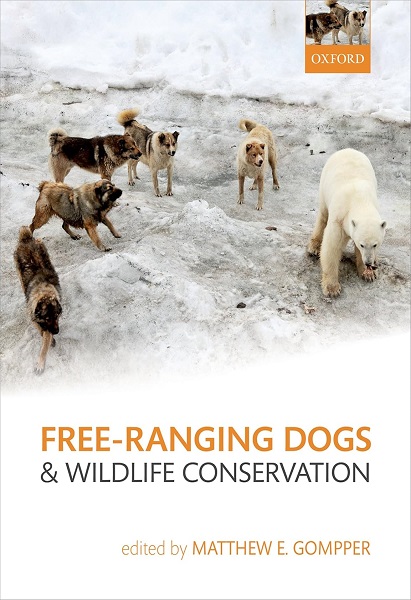
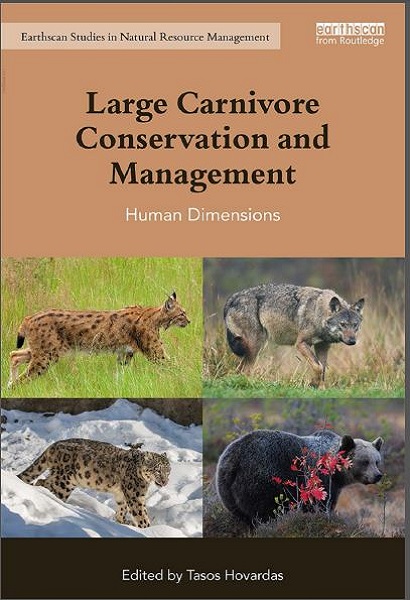
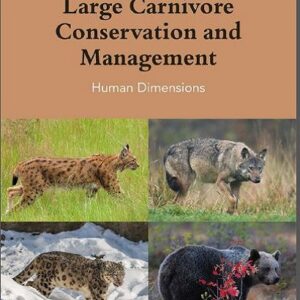
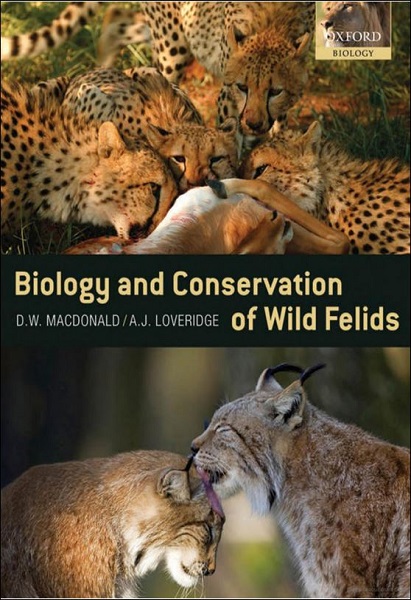
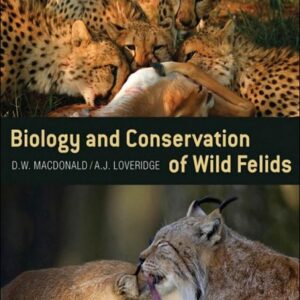
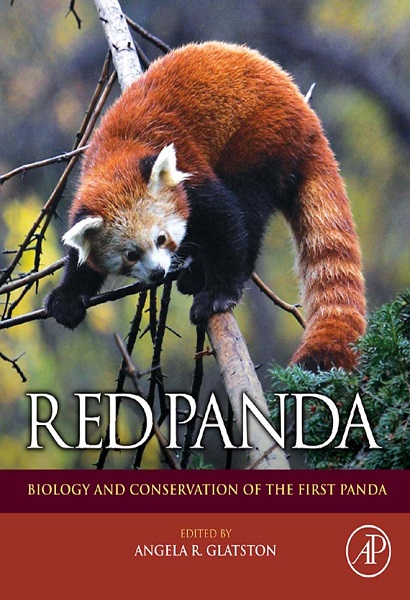
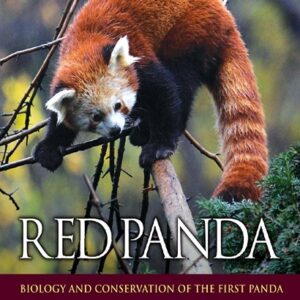
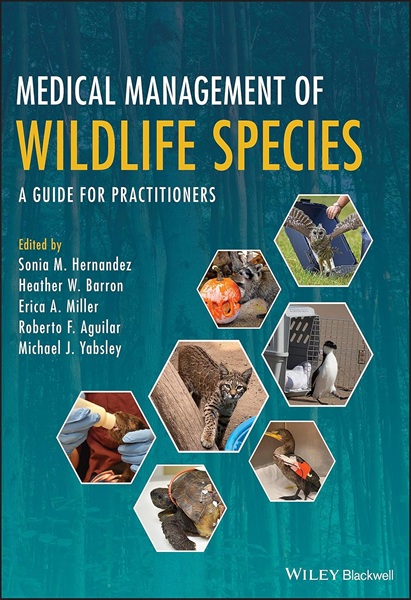
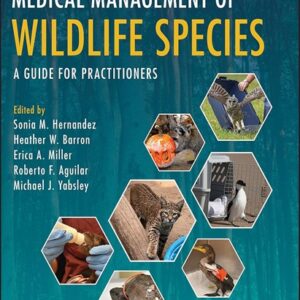
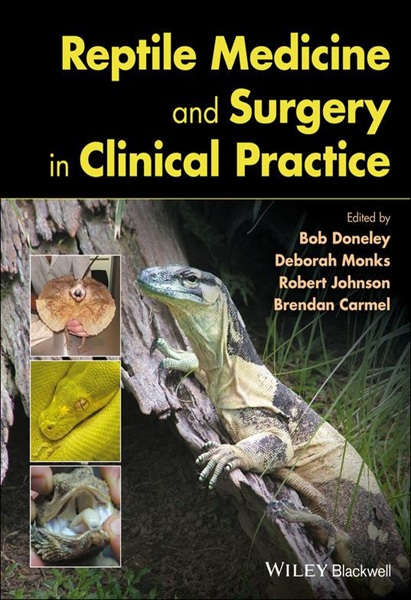
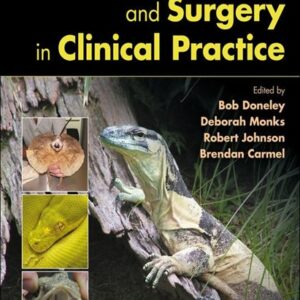
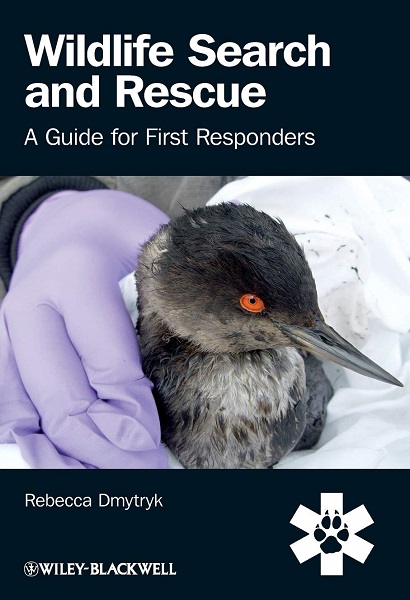
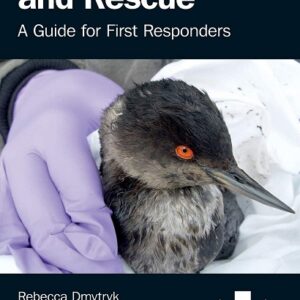
You must be logged in to submit a review.